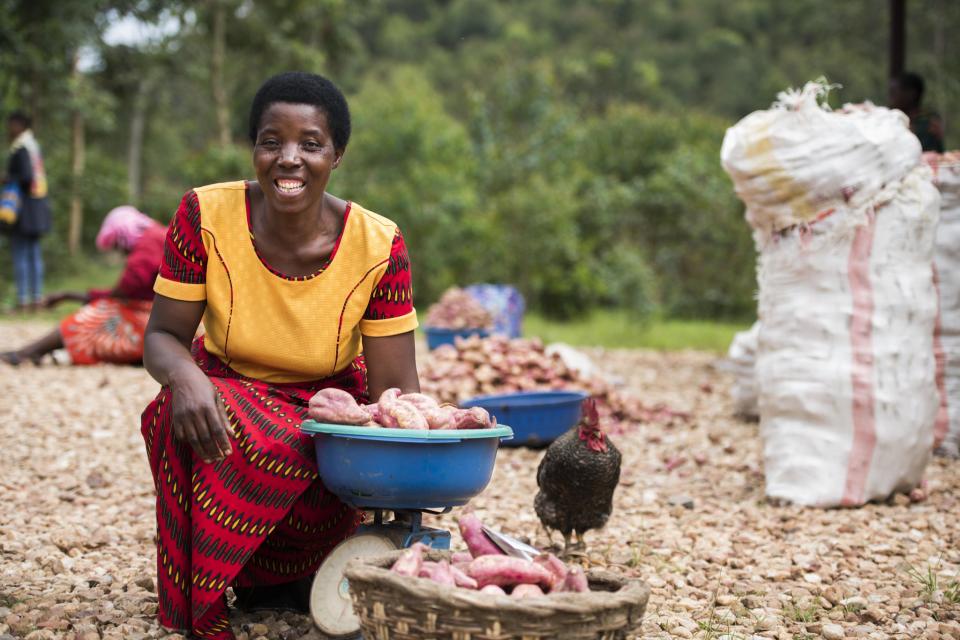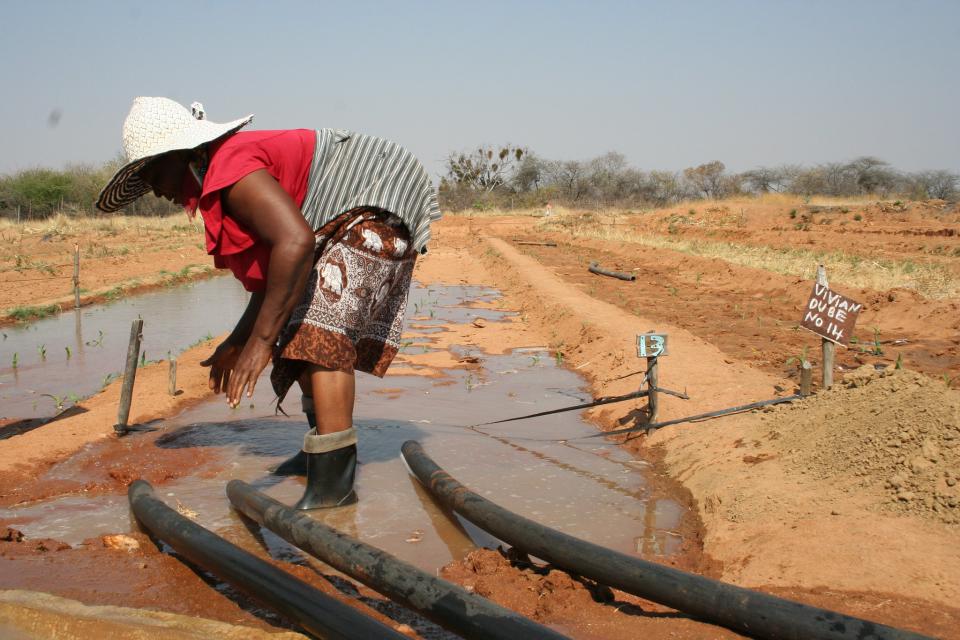Feature: The rise and fall of rubber: effects on women and livelihoods
 Photo: ICRAF
Photo: ICRAF
Rubber expansion and decline have major implications for Chinese farmers, particularly women, and their livelihoods. In this feature, we examine the impact on women in Xishuangbanna, China’s ‘rubber heartland’.
Ever looked at a pair of shoes and wondered where the rubber soles came from? Most people don’t, one of the authors included. Rubber is something we all take for granted.
Rubber comes from milky white liquid called ‘latex’ from the bark of the para rubber tree — Hevea brasiliensis, a species native to rainforests in the Amazon — through an extraction process known as ‘tapping’. Nowadays, 97% of the world’s natural rubber is produced by rubber farms in Southeast Asia.
It’s a strange material. Elastic, strong, pliable, water resistant: a unique combination of so many useful attributes. This versatility enables it to have high utility in domestic and industrial applications and it is found in numerous objects used throughout our daily lives, from car tyres to clothing.
Our lives rely more than ever upon rubber products. Current estimates forecast that the population of the middle class will increase 80% by 2030 to 5.5 billion planetary inhabitants, significantly increasing demand for rubber, not least because the number of vehicles in the world is expected to double by 2050 and there simply are no alternatives to rubber in tyres. If humans are to live sustainably on the planet then we must seriously consider the degree to which the growth and production of rubber interacts with our modern lifestyles.


